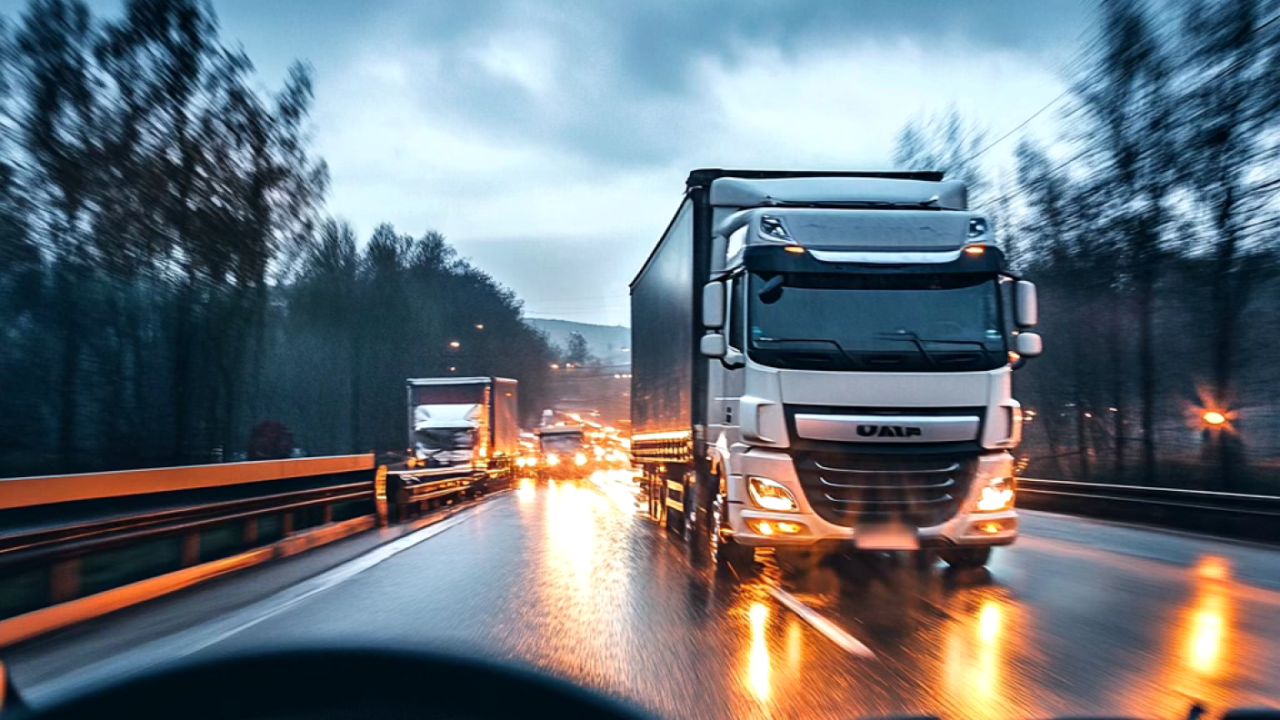Autonomous vehicles (AVs) powered by artificial intelligence are set to revolutionize urban transportation. These self-driving cars, buses, and delivery vehicles are on the verge of transforming how we move around cities. With AI at the core, autonomous vehicles are designed to enhance safety, reduce traffic congestion, and decrease carbon emissions by optimizing routes and making real-time decisions. As cities grow and transportation demands increase, AI-driven autonomous vehicles will play a critical role in reshaping urban mobility.

Enhancing Urban Mobility
AI in autonomous vehicles is providing a smarter, safer, and more efficient mode of transport. By processing vast amounts of data from sensors and cameras, these vehicles can detect pedestrians, cyclists, and other cars, avoiding potential accidents. The AI constantly learns from its environment, improving its driving abilities over time. This leads to fewer traffic accidents, reduced emissions, and less stress for commuters who can focus on other activities while being transported.

Autonomous Delivery and Public Transport
Autonomous vehicles aren’t just limited to personal cars. AI-powered buses and shuttles are being deployed in cities worldwide to ease public transportation needs. Likewise, autonomous delivery vehicles are taking over urban logistics, offering faster and more sustainable delivery options. These vehicles navigate through dense traffic, avoid obstacles, and ensure timely deliveries—all while operating with maximum energy efficiency.

The Road Ahead
As we look toward the future, AI in autonomous vehicles promises an entirely new way of life. Urban planning will change, with cities designing roads and infrastructure tailored to autonomous fleets. Self-driving vehicles will interact seamlessly with one another, creating an interconnected transportation system. With AI continually advancing, the future of urban mobility will be faster, safer, and more sustainable than ever before.
By Stanislav Kondrashov



